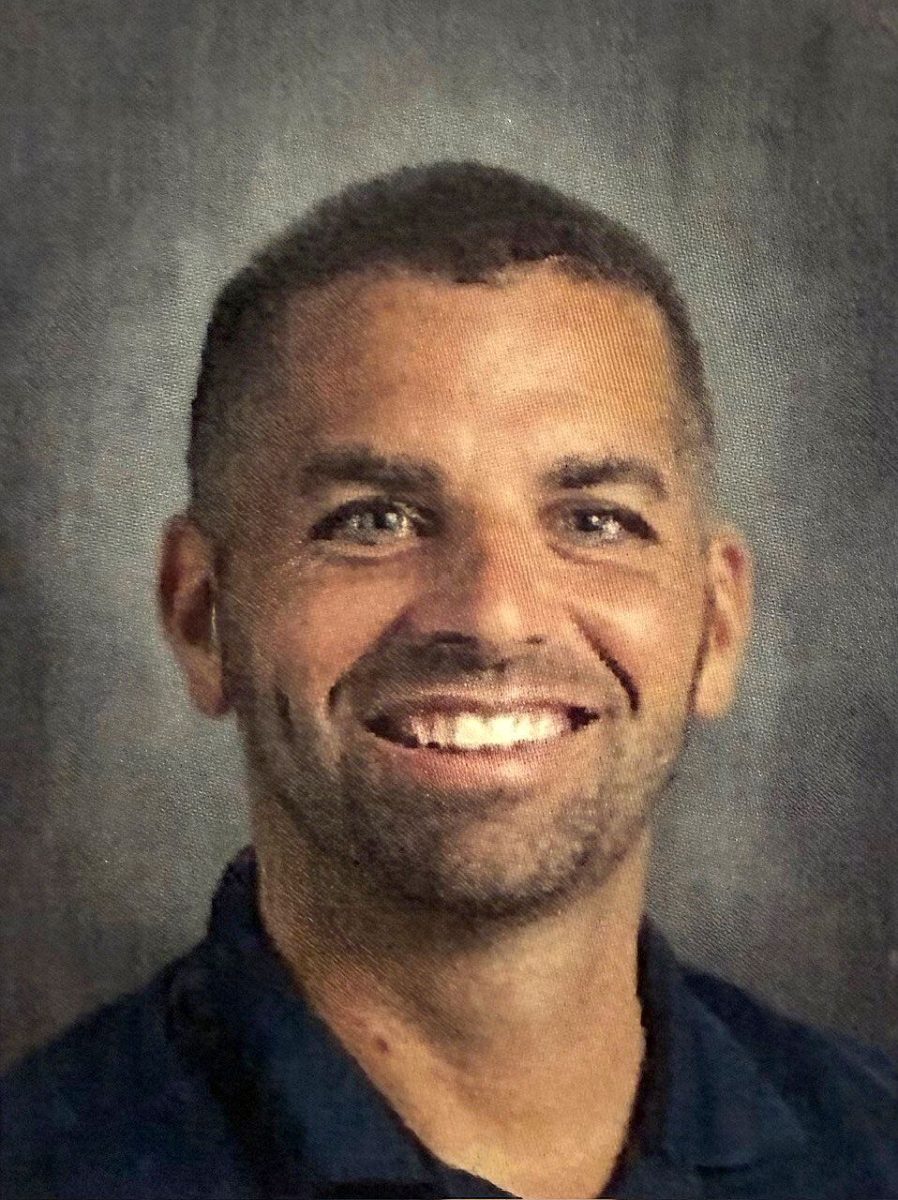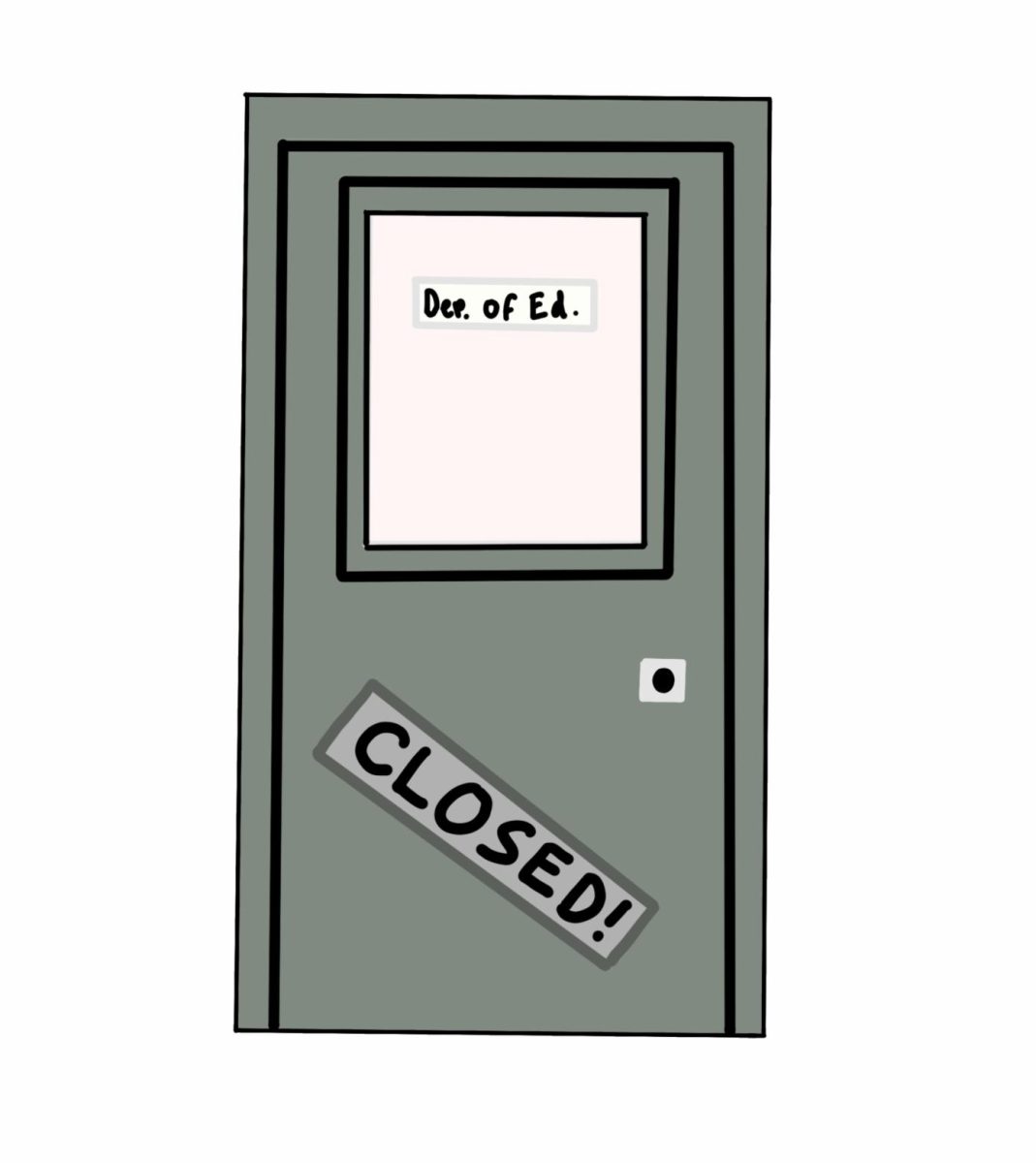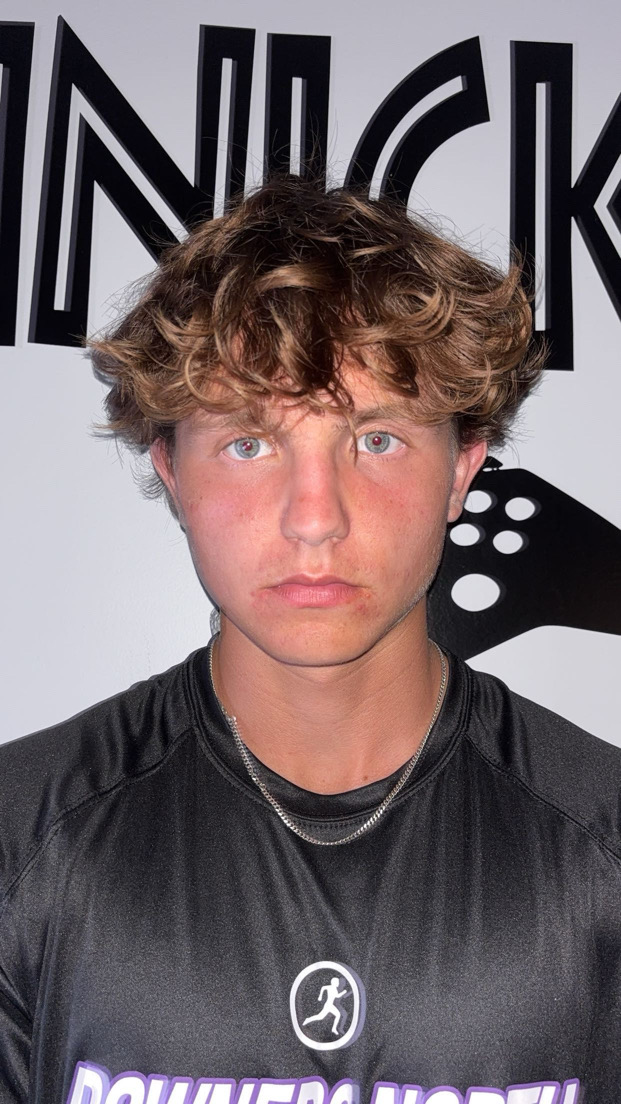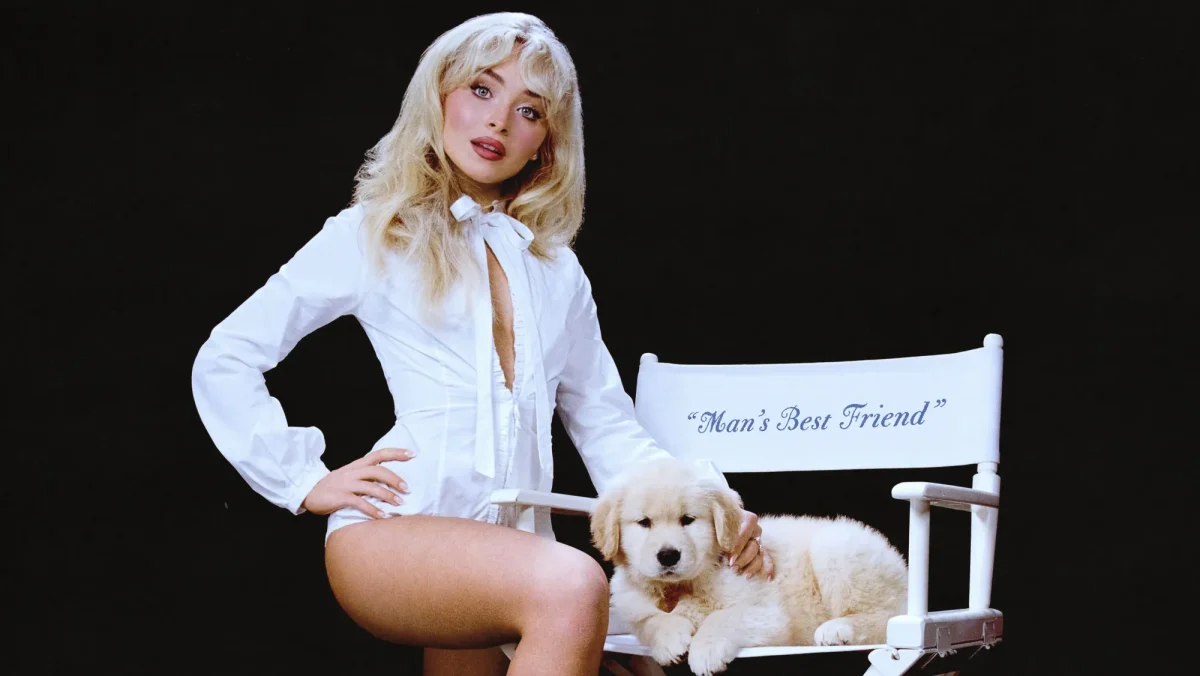Minorities deserve representation in media
October 23, 2019
Children look to connect with characters they see on TV or read in books on a personal level. They look for themselves in characters. When a child can’t see themselves, they can begin to feel like they will never be the hero of their own story.
Women and other minorities are consistently underrepresented in media. While companies are trying with movies starring minority protagonists like Moana or Roma, old tropes still remain.
When we do see diversity in media, it often feels forced. Many movies fall prey to the idea of a token person of color in their movies.
Often minorities are forced to play the role of the enemy, of the drug lord or of the terrorist. These portrayals reinforce the negative ideas we have about these people, ideas that have been fed to us as children.
The School Library Journal reports, in 2018, only 23% of all children’s books published in the US contained main characters who were people of color. On the other hand, over 50% of all novels had white main characters. However, 27% of children’s books contained an animal main character. Authors appear to be more willing to include animals as main characters than consider diversity. Most troubling, in 2018 Native, Latinx, and Black authors only account for 7% of children’s book authors. This means that not only does the literature lack diversity but very often authors writing about the experiences of a person of color are not people of color themselves. This can lead to a false representation of a character’s experiences.
For many children of color, they are forced to see themselves in fragments of other characters. Children are not given a complete role model in the books they read. If they do feel that they relate to some of the morals represented by a character, it will be followed by a question about why they don’t look like the character. Some part of them will begin to feel that they are not good enough for these morals.
In order for a society to be equitable, they need to be knowledgeable about these issues. This stems from the education children receive.
This pattern continues in high school where the majority of books that students have to read are written by white authors. Students see no diversity in what is considered ‘good’ or ‘classic’ literature. This feeds into the idea that only certain students ‘ lived experiences are valid.
Ignoring the presence of minorities in education creates a society that does the same thing in their lives. When people fail to see the impact of others in their education we will be unable to see this elsewhere. Solving the diversity gap starts with education and the role models that children are given.
























